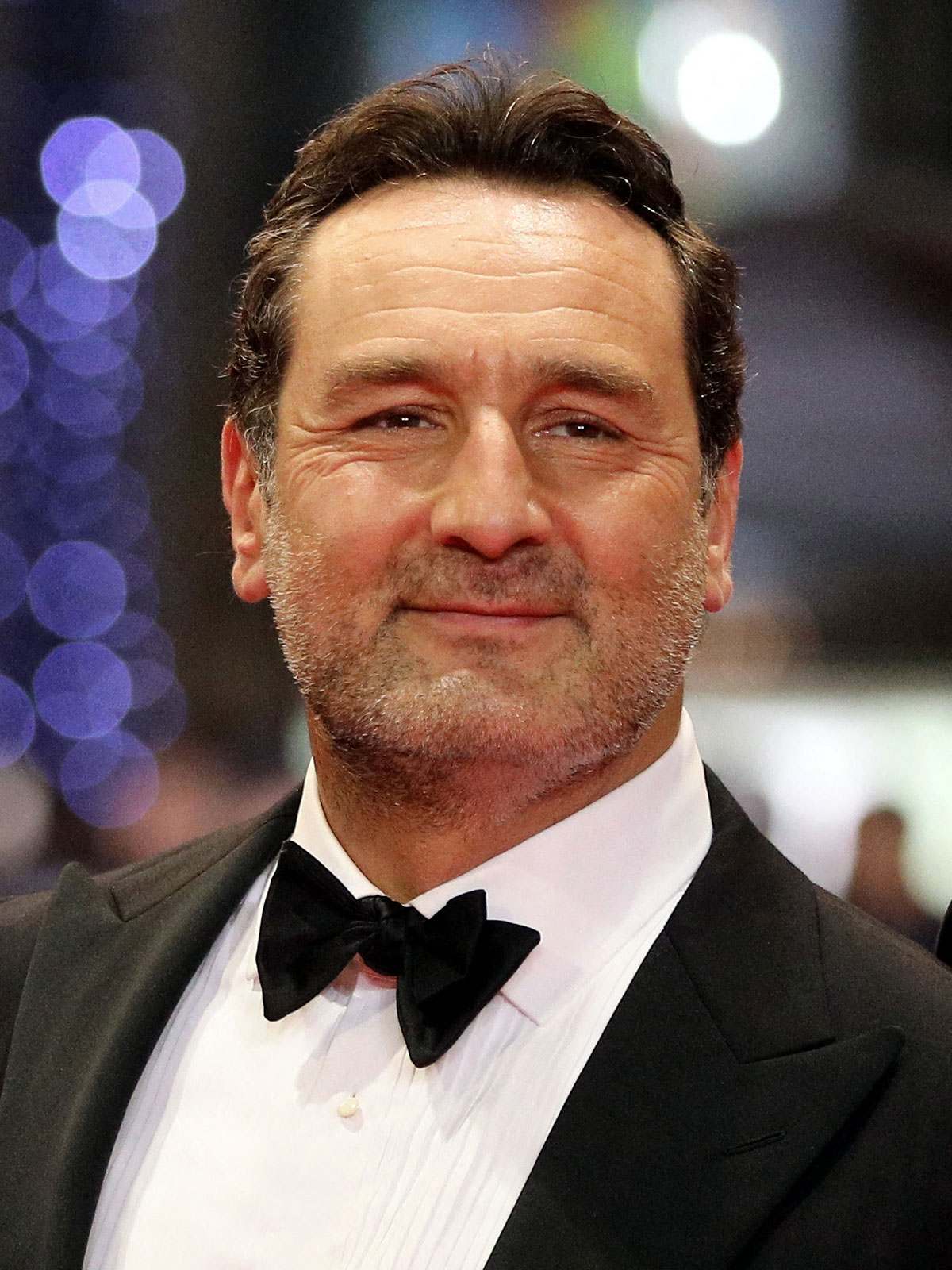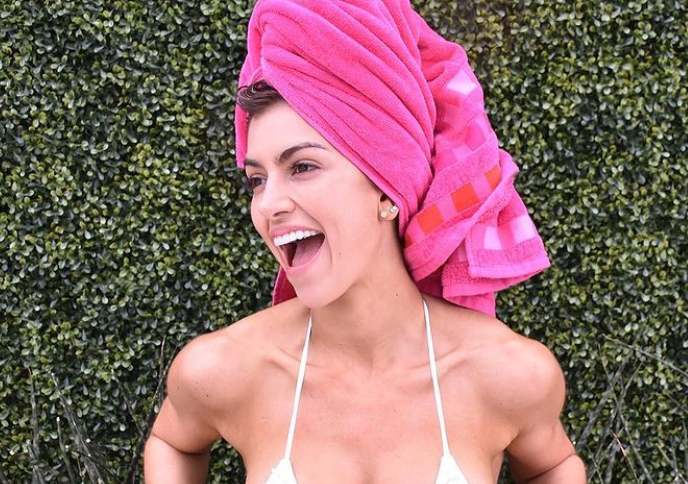Actress Olivia Mary de Havilland was of British and American descent. In her film career, she made major contributions from 1935 to 1988. At 104, she was the oldest Oscar winner. When she died, she was widely recognized as the last great figure of Hollywood’s Golden Age.
Wiki/Biography
Olivia was born on July 1, 1916, and died on July 26, 2020. Olivia belonged to the de Havilland family, originating from mainland Normandy and belonging to well-to-do landed gentry. The arts played an important role in Olivia’s upbringing, beginning with ballet lessons at age four and piano lessons the following year. The Shakespeare passages she recited to strengthen her diction were taught to her by her mother, who occasionally taught music, drama, and elocution too. She was first called Livvie around this time by her younger sister Joan, a nickname she would keep for the rest of her life.
During the 1930s, De Havilland and Errol Flynn starred together in adventure films such as Captain Blood (1935) and The Adventures of Robin Hood (1938). It was for the role of Melanie Hamilton in Gone with the Wind (1939), for which she received her only Academy Award nomination for Best Supporting Actress, that she achieved her most renowned status.
Physical Appearance
Height (approx): 5 feet 3½ inches | 161cm
Weight: 48.5kg | 107 lbs
Eye color: Dark brown
Hair color: Dark brown
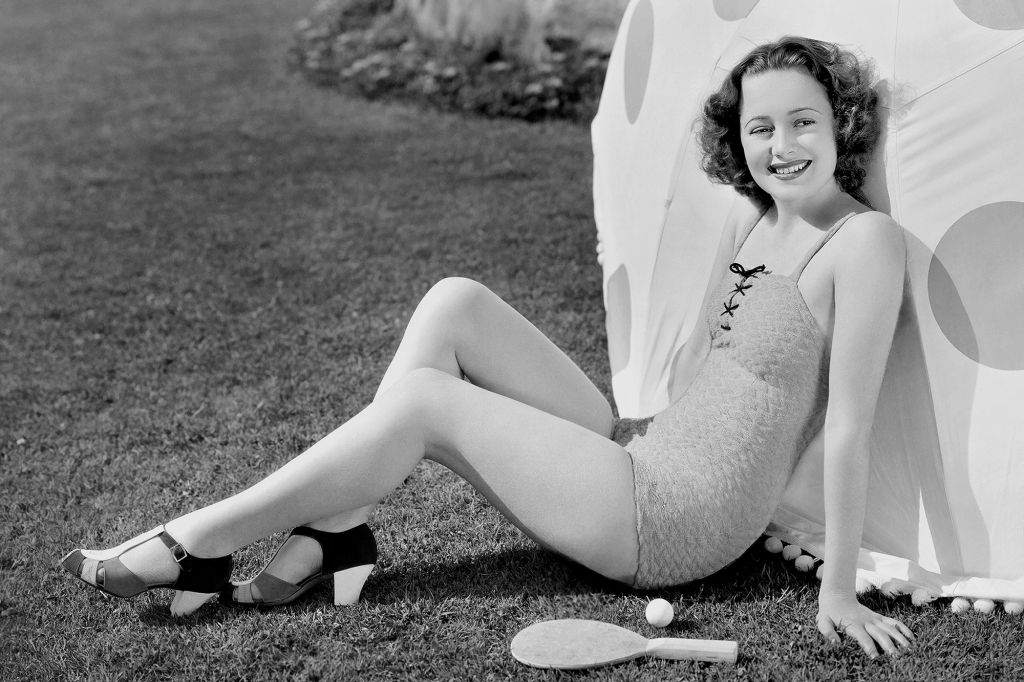
Family and Ethnicity

Olivia de Havilland in her late teens
Parents, Brothers, and Sisters
Olivia de Havilland’s mother, Lilian Fontaine (née Ruse; 1886-1975) got her education completed at the Royal Academy of Dramatic Art and became a stage actress. Composer Ralph Vaughan Williams also toured England with Lilian, who also sang with Sir Walter Parratt, the King’s Master of Music.

Olivia’s mother Lilian Fontaine
Olivia de Havilland’s father, Walter de Havilland (1872-1968), was a professor of English at Tokyo Imperial University before becoming a patent attorney.

Childhood photo of Olivia de Havilland with her father, Walter Augustus de Havilland, and mother Lillian Fontaine
It was 15 months after Olivia was born that her sister Joan (Joan de Beauvoir de Havilland) was born on October 22, 1917, later known as Joan Fontaine. They were both born British citizens automatically by birthright.
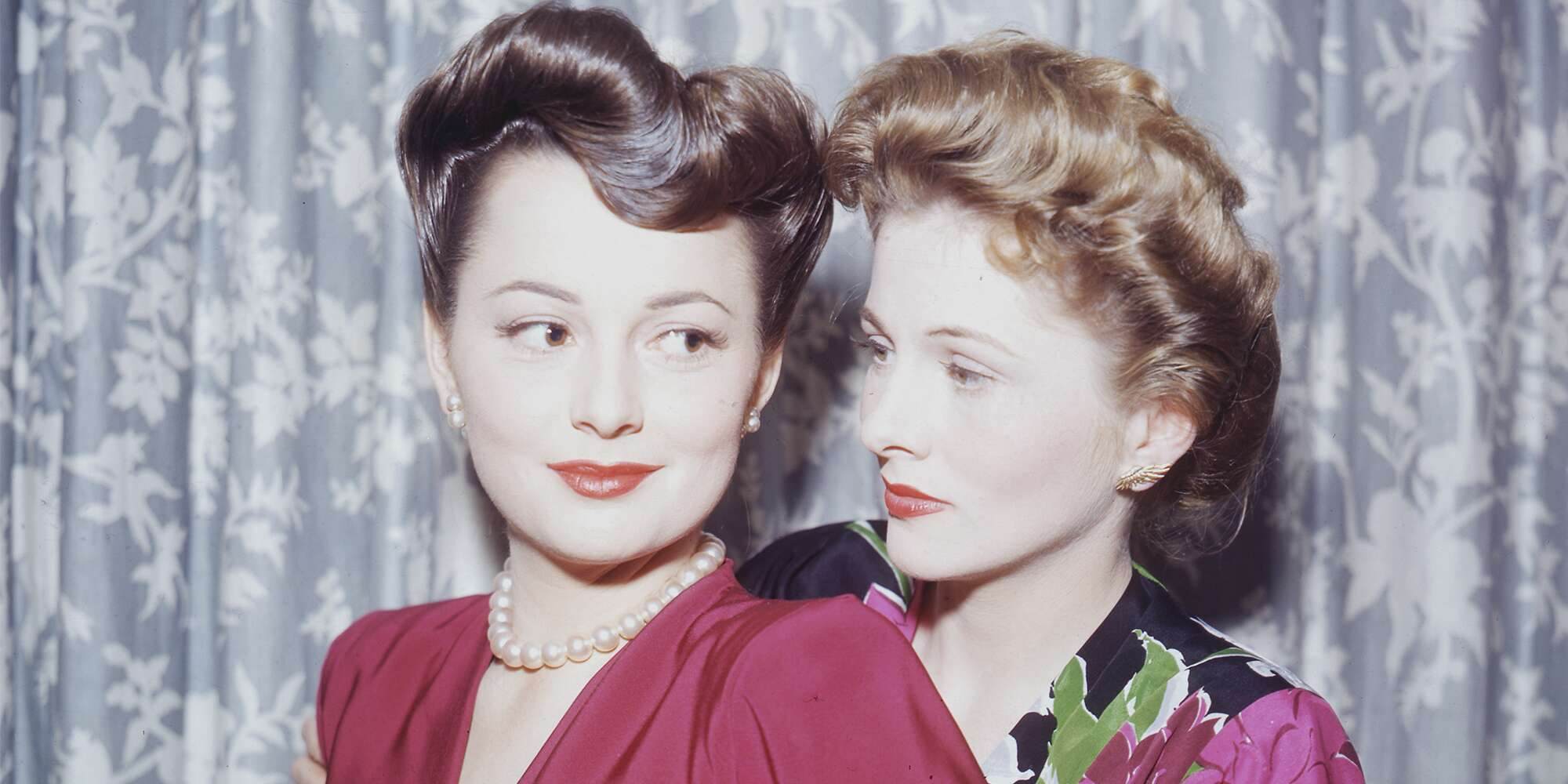
Olivia de Havilland with her sister Joan Fontaine
The de Havilland Aircraft Company founder and aircraft designer Sir Geoffrey de Havilland (1882–1965) was her paternal cousin.
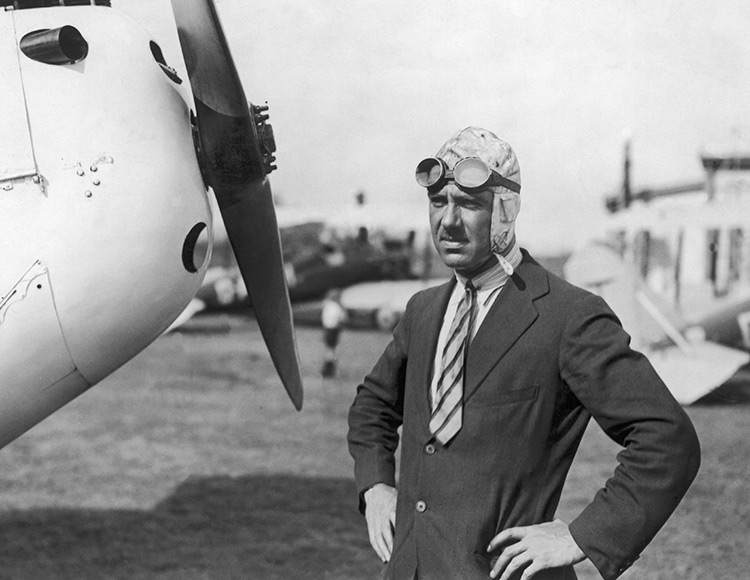
Sir Geoffrey de Havilland, her paternal cousin
Relationships/ Affairs, Wife, Children
De Havilland and Errol Flynn were known to be one of Hollywood’s hottest couples, but they never shared a romantic relationship. Despite his split from Lili Damita, de Havilland insisted that they divorce to continue their marriage. Despite Flynn reuniting with his wife later that year, de Havilland did not act on her feelings for him.

De Havilland and Errol Flynn
Howard Hughes was a business magnate, aviator, and filmmaker when de Havilland began dating him in July 1938.

Howard Hughes
A romantic relationship began between her and James Stewart in December 1939. During the early part of the 1940s, de Havilland said that Stewart had proposed marriage but, according to her, he was not ready to settle down. As early as 1941, they ended their romance when de Havilland began dating director John Huston while filming In This Our Life.

James Stewart and Olivia de Havilland
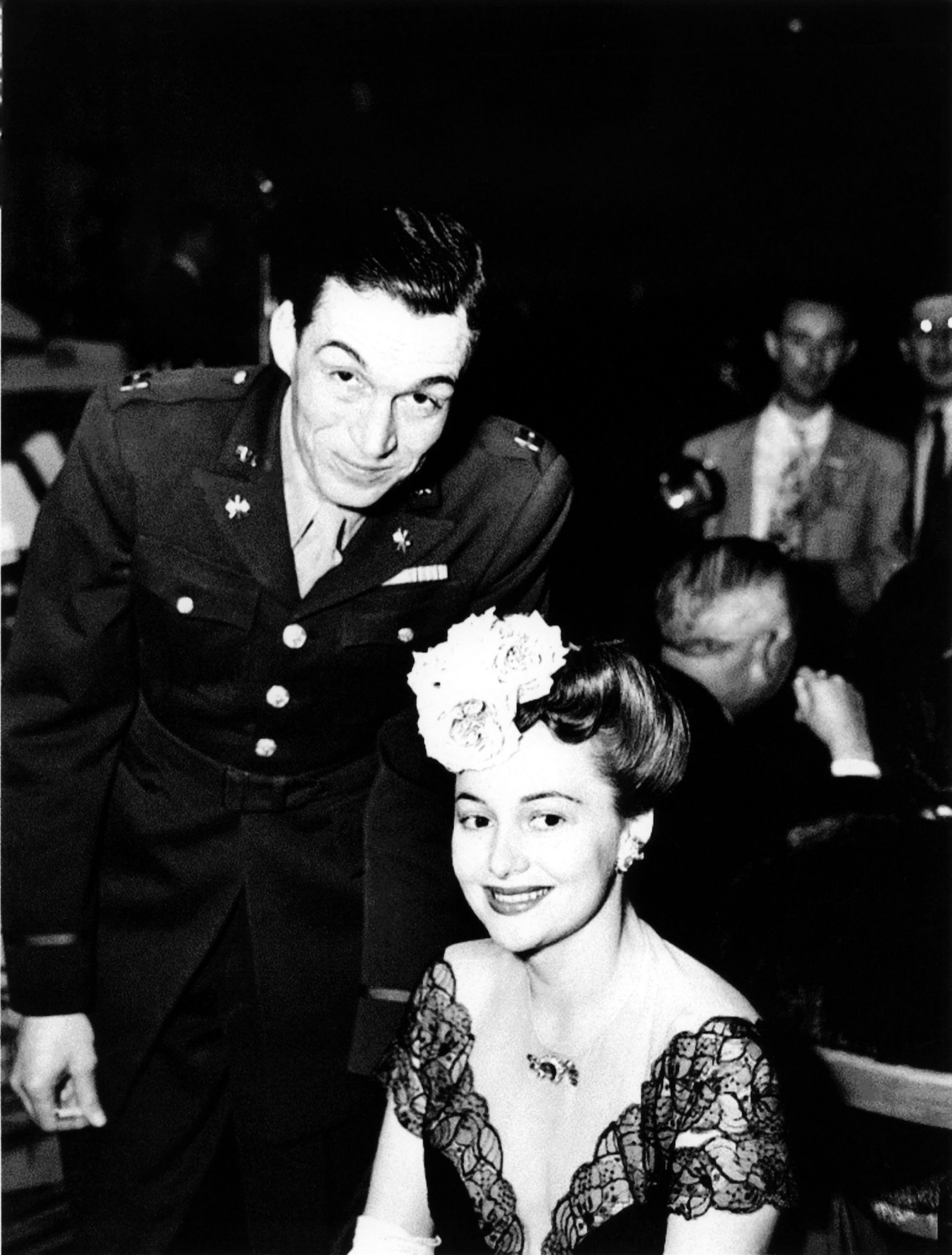
John Huston and Olivia de Havilland
She married Marcus Goodrich on August 26, 1946, a United States Navy veteran, journalist, and author of the 1941 novel Delilah. In 1953, the couple divorced.
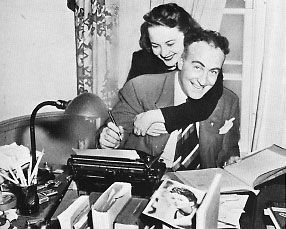
Marcus Goodrich and Olivia de Havilland
The couple had a son, Benjamin Goodrich, born September 27, 1949. He worked as an international banking representative for Texas Commerce Bank in Houston and as a statistical analyst for Lockheed Missiles and Space Company in Sunnyvale, California. Three weeks before his father’s death, he died of heart disease brought on by treatment for Hodgkin’s disease in Paris on September 29, 1991, at the age of 42.
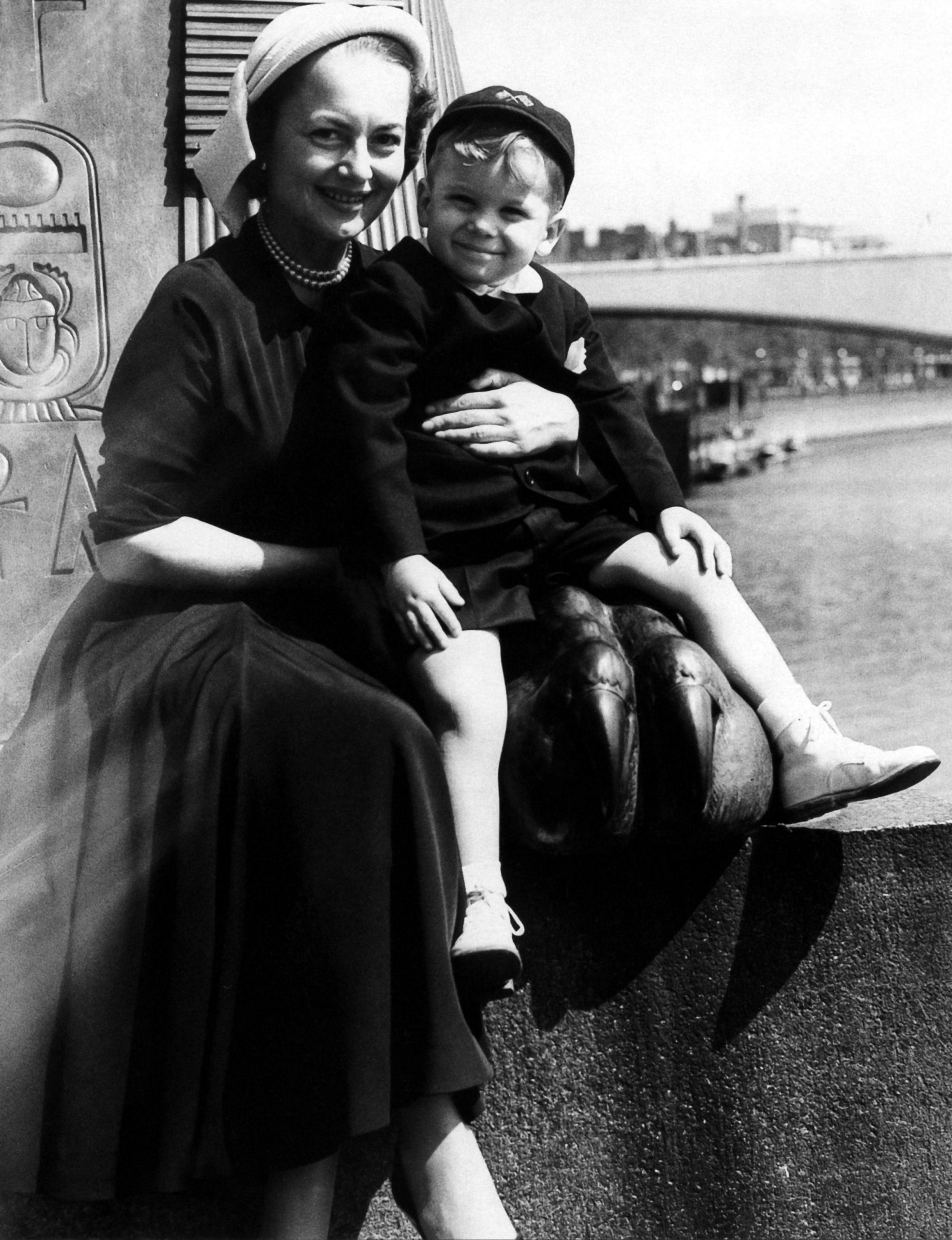
Olivia de Havilland with her son Benjamin (December 1, 1949 – October 1, 1991)
De Havilland married Pierre Galante, editor of Paris Match magazine, on April 2, 1955. Despite their separation in 1962, the couple remained in the same house for six years to raise their daughter together.

Pierre Galante and Olivia de Havilland with their daughter Gisèle Galante (b. July 18, 1956 (age 65))
They had one child, Gisèle Galante, born July 18, 1956. She worked as a journalist in the United States and France after graduating from the law school of the University of Nanterre.

Gisele Galante and Olivia de Havilland
Religion and Politics
She was raised in the Episcopal Church and remained a faithful Episcopal throughout her life. In keeping with the faith of each child’s father, she raised her son Benjamin in the Episcopal Church and her daughter Gisele in the Roman Catholic Church.
In fulfillment of her civic responsibilities as a citizen of the United States, de Havilland entered politics. Franklin D. Roosevelt was re-elected by the Democratic Party in 1944 and she campaigned for re-election. The Independent Citizens Committee on the Arts, Sciences, and Professions, a national public policy advocacy group with Hollywood chapters led by Bette Davis, Gregory Peck, Groucho Marx, and Humphrey Bogart, was one of the groups she joined after the war. The committee asked him to deliver speeches representing the Communist Party line in June 1946. The group, later identified as a Communist front, was later referred to as a Communist Party front.
Career
Saratoga Grammar School was De Havilland’s first school, which she attended in 1922, and she excelled in her studies. The second in her high school participated in the county spelling bee and enjoyed reading, writing poetry, and drawing.
At Los Gatos High School near her home in Saratoga, De Havilland continued to study. During her time at school, she excelled in oratory and field hockey and was active in school plays and the school drama club, eventually becoming the secretary. While at Notre-Dame de Belmont convent, she studied English and Speech intending to become an English and speech teacher.
In 1934, de Havilland graduated from high school and received a scholarship to Mills College in Oakland to become an English teacher.
1935–1937: First films
Between December 19, 1934, and March 9, 1935, De Havilland starred in Reinhardt’s A Midsummer Night’s Dream, which was filmed at Warner Brothers Studios.
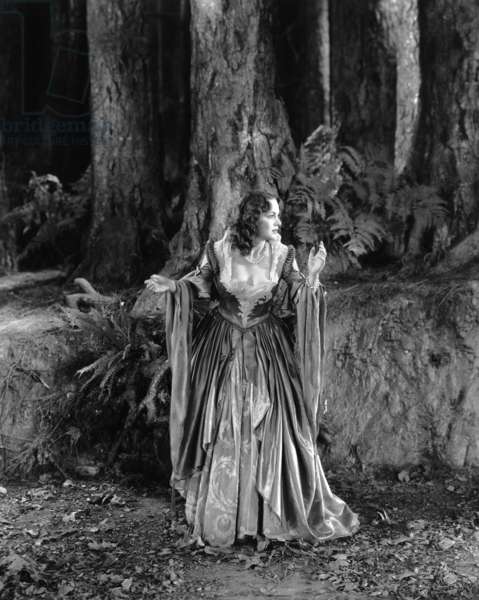
Olivia de Havilland in A Midsummer Night’s Dream (1935)
Warner Brothers believed that the many costume dramas that studios such as MGM had produced before would never succeed during America’s Great Depression. However, they nevertheless took a chance on producing Captain Blood (also in 1935). In addition to Best Picture, the film was nominated for four Oscars.
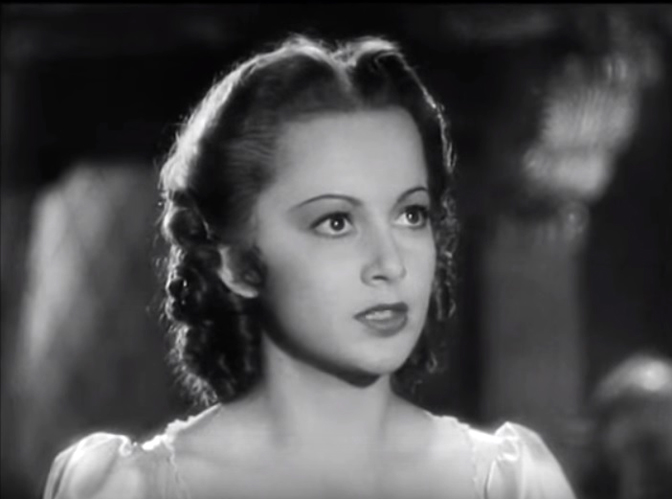
Olivia de Havilland in the film Captain Blood (1935)
Fredric March and de Havilland appeared together in Mervyn LeRoy’s historical drama Anthony Adverse (1936). A big hit at the box office, the picture is set during the Crimean War.
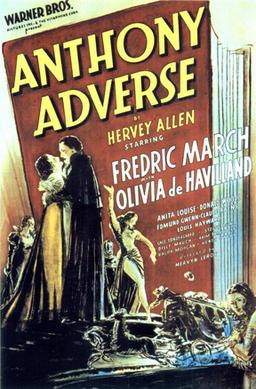
The poster of Anthony Adverse (1936)
During the film’s production, de Havilland renegotiated his contract with Warner Bros. and signed a seven-year contract on April 14, 1936, which included a starting salary of $500 (about $9,300 in 2020).
Despite her first appearance in a Technicolor film, Gold Is Where You Find It was not her last. It was directed by Michael Curtiz in February 1938. Over the next two years, she made three more Technicolor films, two of which became her most memorable films in the decades in which they were released.
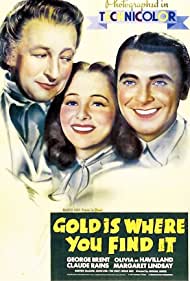
The cover of Gold Is Where You Find It (1938)
1938–1940: Movie stardom
de Havilland was cast as Maid Marian opposite Errol Flynn in The Adventures of Robin Hood (1938) by studio head Warner Bros. Jack L. Warner in September 1937. As well as receiving an Academy Award nomination for Best Picture, it was also an instant critical and commercial success. A true classic of the classic Hollywood era, it became one of the films of popular adventure.

Olivia de Havilland in The Adventures of Robin Hood (1938)
Atlanta, Georgia hosted its premiere of “Gone with the Wind” on December 15, 1939, and the show received a warm reception. De Havilland earned her first acting nomination for Best Supporting Actress for the film, which won 10 Oscars, including Best Picture.
De Havilland began being suspended from the studio in the early 1940s after refusing to appear in several films assigned to her.
1941–1944: War years and trial
Hold Back the Dawn, directed by Mitch Leisen and starring Charles Boyer for Paramount Pictures, saw her step into a whole new type of role. As a result of this performance, she was nominated for a second Oscar in the Best Actress category.
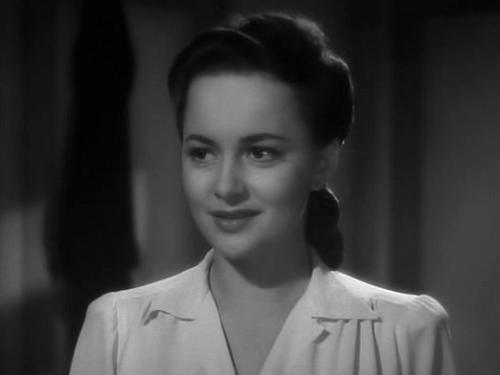
Olivia de Havilland in Hold Back the Dawn
For his eighth film with Flynn, Raoul Walsh’s epic They Died With Their Boots On, De Havilland and Flynn reunited. Upon release, the film grossed $2,550,000 (equivalent to $44,900,000 in 2020), making it Warner Brothers’ second-highest earner that year.
During this period she appeared with Bette Davis in John Huston’s drama In This Our Life (also 1942). Huston and de Havilland began dating while filming, and their relationship lasted three years.
According to de Havilland, one of the few roles she played for Warner Bros. who satisfied her was playing the title character in Norman Krasna’s romantic comedy Princess O’Rourke (1943), starring Robert Cummings.
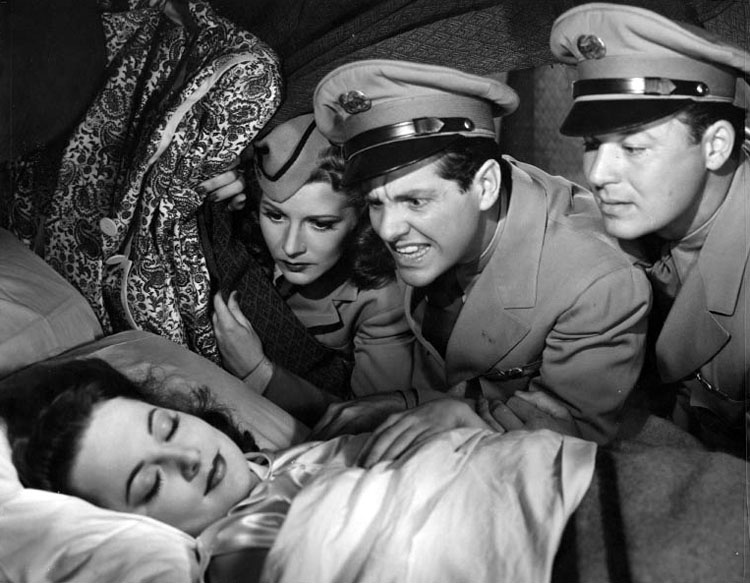
Olivia de Havilland in Princess O’Rourke (1943)
After the California Court of Appeals decision released her from her contract with Warner Bros., de Havilland signed with Paramount Pictures to a two-picture deal. To Each His Own, a drama by Mitchell Leisen was the first film she completed in June 1945. In 1946, her performance won her the Academy Award for Best Actress – her first Oscar. In the opinion of film historian Tony Thomas, her award demonstrates her acting abilities as well as the vindication of her long struggle with Warner Bros.
Upon its release in October 1949, The Heiress received good reviews from critics. Among the awards she received for her performance, she won the New York Film Critics Award, the Golden Globe Award, and the Oscar for Best Actress.
1953–1962: New life in Paris
At the invitation of the French government, she went to the 1953 Cannes Film Festival, where she met Pierre Galante, editor-in-chief of the French magazine Paris Match.
The performance in Guy Green’s romantic drama Light in the Piazza (1962) with Rossano Brazzi was among de Havilland’s best during this period.
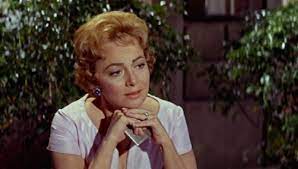
Olivia de Havilland in Light in the Piazza (1962)
1963–1988: Later films
De Havilland starred in two psychological thrillers released in 1964, both starring Walter Grauman, a psychological thriller titled Lady in a Cage, and Robert Aldrich’s Hush…Hush, Sweet Charlotte.
Television
She made her television debut with a teleplay directed by Sam Peckinpah, titled Noon Wine (1966) on ABC Stage 67.
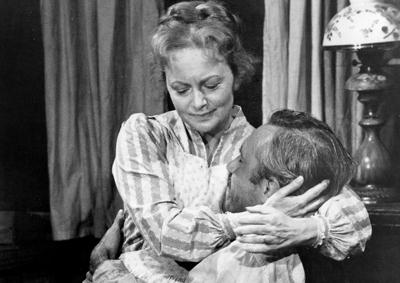
Olivia de Havilland in Noon Wine (1966)
The Screaming Woman was her first TV movie, and it dealt with a wealthy woman’s recovery from a nervous breakdown.
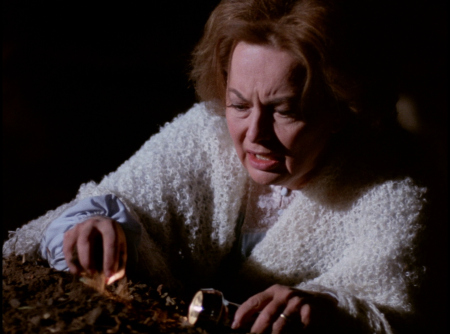
Olivia de Havilland in The Screaming Woman
Olivia de Havilland last starred in The Fifth Musketeer (1979).

Olivia de Havilland in The Fifth Musketeer (1979)
She began speaking in cities across the country with a lecture titled “From the City of Stars to the City of Light”, a memoir of her life and career. Her final screen appearance was in the 1988 HTV romantic television drama The Woman He Loved.
1989–2020: Retirement, honors, and death
De Havilland continued to be active in the film community after his retirement. A tribute to his 90th birthday was held at the Academy of Motion Picture Arts and Sciences and the Los Angeles County Museum of Art in June 2006.
The 2010 adaptation of Aspern Papers that James Ivory planned to adapt nearly brought de Havilland back to the big screen after a 22-year hiatus, but the project never materialized.
On July 26, 2020, at the age of 104, De Havilland died in her sleep at her Paris home of natural causes.
Prizes/Honors
Awards
- Oscars Award for Best Actress in a Leading Role: 1947, 1950

De Havilland wins Best Actress Oscar from actor Ray Milland’s ‘To Each His Own (1946)
- De Havilland wins Best Actress Oscar for actor Ray Milland’s ‘To Each His Own’
- Golden Globe Award for Best Actress – Motion Picture – Drama: 1950
- Volpi Cup for Best Actress: 1949
- Golden Globe Award for Best Supporting Actress in a Series, Miniseries or Motion Picture Made for Television – 1987
- National Board of Review Award for Best Actress – 1948
Honors
She received the National Medal of Arts on November 17, 2008, at the age of 92, the highest honor given to an individual artist by the people of the United States. President George W. Bush presented him with the medal.
During President Nicolas Sarkozy’s inauguration speech on September 9, 2010, De Havilland was elected a Chevalier of the Legion of Honor, the country’s highest decoration.
Autograph

Olivia de Havilland’s autograph
Controversies
- Warner Bros. informed de Havilland that six months were added to her contract for when she was suspended in 1943. Meanwhile, the studios claimed that California law allowed them to suspend players under contract for refusing a role, adding a suspension of their contract. While most contracted players accepted this assumption, a few disputed it, including Bette Davis, who tried to sue Warner Bros. in the 1930s. According to his attorney, Martin Gang, de Havilland sued Warner Bros. on August 23, 1943, in Los Angeles County Superior Court, seeking a declaration that she was no longer bound by her contract due to a California Labor Code provision prohibiting employers from enforcing contracts during more than seven years from the date of the first performance. Warner Bros. immediately appealed the Superior Court’s decision in favor of de Havilland in November 1943. His case was decided in his favor just over a year later by the California Court of Appeals for the Second District. It reduced studio power and extended greater creative freedom to performers in Hollywood, making it one of the most important and far-reaching legal judgments in history. The “seven-year rule,” developed by the California Court of Appeals to analyze Labor Code Section 2855 in the De Havilland case, is still informally known as the De Havilland Act. In pursuit of his legal victory, de Havilland cost Warner Bros. $13,000 (equivalent to $190,000 in 2020) in legal fees. His peers respected and admired de Havilland, including his sister Joan Fontaine, who later commented, In response to de Havilland’s lawsuit, Warner Bros. sent a letter to other studios that practically blacklisted the actress. Because of this decision, she did not work at a film study for almost two years.
- More than 70 years after that incident, in 2017 the actress found herself in court as she sued Ryan Murphy and FX for “the false and non-consensual portrayal of her in the series Feud: Bette and Joan”. Catherine Zeta-Jones played de Havilland in the first season of the miniseries, which focused on the famous feud between Bette Davis and Joan Crawford. The actress noted in the same statement as she spoke in front of the Supreme Court, “We must persevere and speak truth to power. The fight itself is important to the principle of honesty, so necessary today in the face of deliberate public confusion for selfish ends.” In the end, de Havilland lost the case.
Car Collection
She had a 1935 Buick 66C convertible. It was rumored to have sold at a Barrett-Jackson Scottsdale, Arizona auction in 2016 for $104,500.
Properties
She had a four-story house near the Bois de Boulogne in Paris, France.
Facts/Anecdotes
- Eventually, her love of acting got her into trouble with her stepfather, who kept her from continuing to participate in extracurricular activities. After winning the role of Elizabeth Bennet in a school production of Jane Austen’s Pride and Prejudice, he told her she had to choose between staying home or appearing on the show without being allowed to go home. She left home to stay with a family friend so as not to disappoint her classmates and the school.
- Ballet and piano lessons were a huge part of her childhood.
- She received a standing ovation in February 2011 during the César Awards in France.
- She Participated as a presenter at the 75th Oscars Awards in 2003.
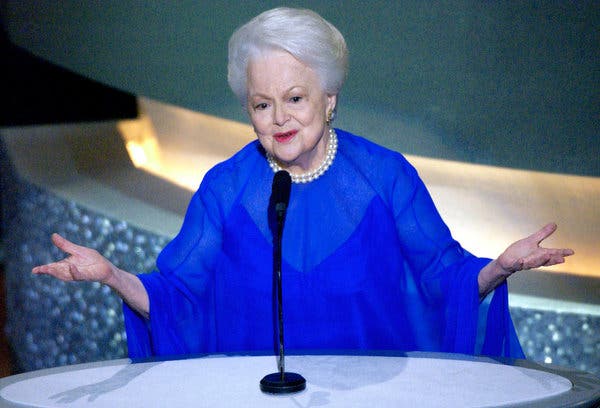
Olivia de Havilland at the 75th Oscars Awards March 23, 2003
- At 6764 Hollywood Blvd., she is honored with a star on the Hollywood Walk of Fame.
- It was she who narrated the documentary ‘I remember better when I paint (2009).’
- The Queen awarded de Havilland a Dame Commander of the Order of the British Empire in her 2017 Birthday Honors for her service to the theatre, two weeks before her 101st birthday. It is an honor that has never been bestowed upon an elderly person. According to her, it was “the most rewarding of birthday presents”. While she did not go to Buckingham Palace for the investiture ceremony, in March 2018, four months before her 102nd birthday, the British ambassador to France presented her with her honors in her Paris apartment. It was Gisèle, her daughter, who accompanied her to the presentation.
- The role of Hermia in the film production of her stage production was offered to the actress by Austrian director Max Reinhardt who would direct her for Warner Bros. Despite her educational aspirations, de Havilland was initially hesitant, but eventually, Reinhardt and executive producer Henry Blanke persuaded her. sign a five-year contract with Warner Bros. on November 12, 1934, with a salary of $200 a week, paving the way for a successful acting career that spanned more than 50 years.
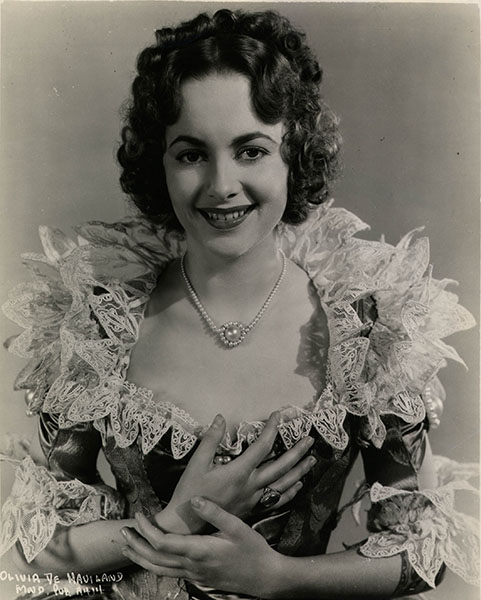
Olivia de Havilland as Hermia
- A supposed lifelong rivalry between the sisters was caused by competition for their mother’s affections. To distance herself from her sister, Joan changed her surname from de Havilland to Fontaine (which she took from her stepfather).
- In 1946, their relationship became even more strained. After that, the two didn’t speak to each other for five years. De Havilland summarized contact with his sister after her divorce from Goodrich, but their last breakup was in 1975 over disagreements over their mother’s cancer treatment. It was later reported that Fontaine was not informed of her mother’s death by her sister. Following Fontaine’s death on December 15, 2013, the sibling rivalry ended.
- De Havilland and her sister Joan Fontaine are the only sisters to have won an Oscar in each of the major categories.
- On November 28, 1941, 10 days before the United States entered World War II militarily, de Havilland became a naturalized citizen of the United States. As a wartime patriot, she actively sought ways to contribute to the war effort and express her patriotism. As a member of the Hollywood Victory Caravan, she traveled the country for three weeks raising money through the sale of war bonds. Later that year, she began attending events at the Hollywood Canteen, where she danced with the soldiers. In December 1943, Marjorie de Havilland joined a USO tour that visited wounded soldiers in military hospitals across the country and in the South Pacific. As a result of her visits to isolated islands and battlefronts in the Pacific, she earned the respect and admiration of the troops. An attack of viral pneumonia required several days of hospitalization in one of the barracks hospitals on the island. She survived damaged planes and flights in damaged planes. As she later recalled, “I loved touring because it was a way of serving my country and contributing to the war effort.”
- On July 1, 2016, De Havilland completed her 100 years.
- It was the first time a woman had presided over a jury at Cannes when she was its president in 1965.
- In 1962 de Havilland published her first book, Every Frenchman Has One, a playful account of his amusing attempts to adapt to French life, customs, and more. As soon as the book was published, the first printing sold out and subsequently became a bestseller.

The cover of Every Frenchman Has One
- As a newcomer to France, she found it difficult to adapt. According to her,
Of course, what shocks you when you come to France for the first time is the fact that all French people speak Frencheven children. Many Americans and Brits who visit the country never quite adjust to it, and the idea persists that the natives speak the language just to show off or be difficult. — Olivia de Havilland in Every Frenchman has one.
- Olivia was also portrayed by Ashlee Lollback in the Australian biographical film In Like Flynn (2018).
- The Olivia de Havilland theater was inaugurated just recently in 2021 at the American University of Paris.

Olivia de Havilland Theater inaugurated in memory of Olivia de Havilland
